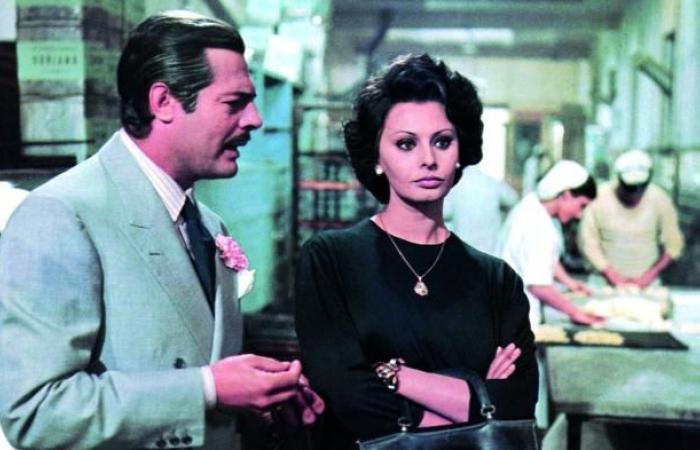The third edition of the Orizzonti Italia-Cuba Festival, a window to the most recent peninsular cinema and also that of the past, brings to theaters 23 and 12 and Acapulco, from June 19 to 23, a group of proposals, among which prints stand out restored from five films by the unforgettable actor Marcello Mastroianni, three of these at the service of the director Vittorio de Sica.
Orizzonti takes place in the context of the centenary of Mastroianni (1924-1996) and the half century of the death of De Sica (1901-1974).
Typical of the decade of the 60s of the last century, mainly in Italy, sketch or episodic cinema finds in Yesterday, Today and Tomorrow (Vittorio de Sica, 1963), a not inconsiderable piece within a model like this, which opened the door to the good, the average and the worst.
The Italian director calls on a great team of screenwriters, made up of Eduardo de Filippo, Alberto Moravia, Cezare Zavattini, Bella Billa, Lorenza Zanuso and Isabella Quarantotti, to put together three short stories focused on the universes of three women belonging to different levels of the ladder. Italian social: Adelina of Naples, the birther and mischievous woman of the town; Anne of Milan, the voluble and arrogant aristocrat; and Mary of Rome, the prostitute of good feelings.
The main strength of the award-winning feature film (Oscar for best foreign film, Bafta for best international actor for Mastroianni, and three David di Donatello awards), is the clarity with which these short stories are conceived on paper, the pulse with which the direction through the setting on screen, and Sophia Loren’s way of defending them, in three characters with characterological richness and infinite nuances that she knows how to add in her assumption.
This is her film, although at her side, of course, the presence of Marcello stands out, as always, that eternal Marcello adored by all film lovers, who would film with the actress two other films for De Sica. The Mastroianni-Loren union (a visual and spiritual gift for so many viewers around the world) would give De Sica good returns, especially through a comedy as widely seen and equally awarded as Marriage Italian Style (1964), worthy of four David di awards. Donatello and the Golden Globe for best foreign film.
After this film, inspired by the work Filumena Marturano, by Eduardo de Filippo, the Sica–Loren–Mastroianni triangle would reach its final link, through Los girasoles (1970), a title memorable for the histrionic temperature of the leading duo, the beautiful score by Henri Mancini, the photographic composition by Giuseppe Rotunno and the work of Loren, awarded the David di Donatello for best actress. The scriptwriters (Cesare Zavattini, Tonino Guerra, Giorgi Mdivani) look back to the pre- and post-war times, to place, in such a complicated context, this suggestive variation on the ancestral theme of the lover’s departure on a journey and doubt. of return.
Sunflowers is one of Zavattini’s least orthodox scripts for De Sica: here there is no linearity in the narration; there are spatial changes and analepsis… But the film is far from incorporating that effervescent energy, visible in the works of the famous duet formed by the screenwriter and the director – two emblems of Italian neorealism –, from The Children Watch Us (1944) and The Shoe Shine (1946).






